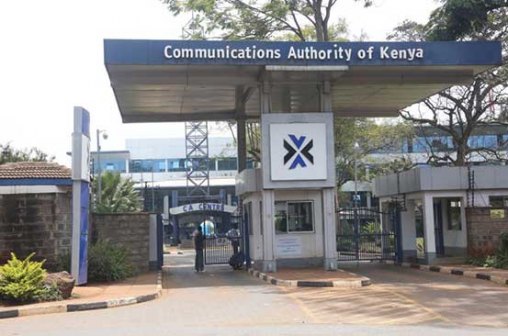When Kenya migrated from analog to digital television, the 700 MHz frequency band was opened up. A frequency that is superior to the spectrum already telecoms in Kenya have been using to provide their mobile phone services.
The country’s 700MHz spectrum band is split into three blocks, and one of which has already been allotted to Jamii Telecom to provide Faiba 4G Mobile network. That means only two blocks are remaining, and the Communication Authority of Kenya (CA) says 10 (all independent companies) have come forth applying to get the 700 MHz frequency to provide mobile internet services.
If granted the spectrum and license to deploy the 4G network, it will without a doubt increase competition in the mobile broadband space in Kenya. Naturally, such a development will see either price go down to the end consumer or improved quality of services; if not both.
However, the CA has responded by asking the companies bidding for the 700 MHz frequency to form a consortium and apply for one of the two remaining blocks.
“The board made a decision sometime towards the end of last year. The decision was to have (the tier two companies) form consortiums and then we give them spectrum on trial for one year. Then if they are successful, they pay the $25 million (spectrum fee),” said Francis Wangusi, the Director General at CA.
Wangusi says the regulator has opted for the consortium model since there is not enough of the spectrum to go to every company that wants it. He also says “if we were to give to one, then the others might cry foul.”
The CA has also set aside the bid for the spectrum for top two tier companies, though the regulator remains tight-lipped on the names of these companies. It also decided to lock out the biggest telecom operators (Safaricom, Airtel Kenya, and Telkom Kenya) citing they have already received the lion’s share of the 800 MHz, which they have used in rolling out 4G services.
All that we know about the two-tier companies whose bid has been set aside is that they have been providing fixed and wireless services. The duo also hold a Unified Licensing Framework licensing, which would technically allow them to venture into mobile services, but they are yet to secure a spectrum.
It would appear the CA is shepherding the companies into forming a special purpose vehicle that will deploy the 700 MHz 4G Network on their behalf. Another card on the option is for the companies to back one among them to secure the spectrum, and then lease it to the rests of the companies at a pre-agreed price.
The challenges in Kenya with the 700 MHz Network
Although the 700 MHz network currently has just one player, Jamii Telecom, the market faces a major challenge. Most of the phone models in Kenya do not support the 700 MHz network; they were designed to work with the 800 MHz network.
The lack of a wide array of affordable devices compatible with 800 MHz has proven to be a bit challenged for Jamii Telecom. The entrance of more players into that space will only serve to crowd the already too small market.
All the players wishing to take up the 700 MHz network will also need a lot of telecommunication infrastructure to spread their services outside the urban centers. On that front, the CA is encouraging players to share infrastructure to avoid duplication and high cost of initial roll out. Meaning the consumers can get the services at more affordable prices.
The players will also be locked out of the market of users owning devices that are 2G and 3G compatible.



